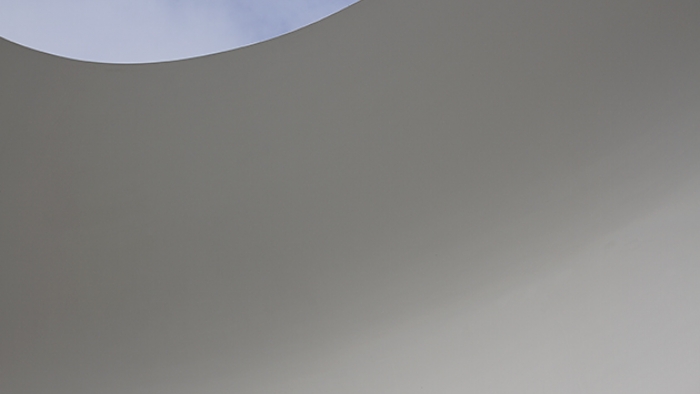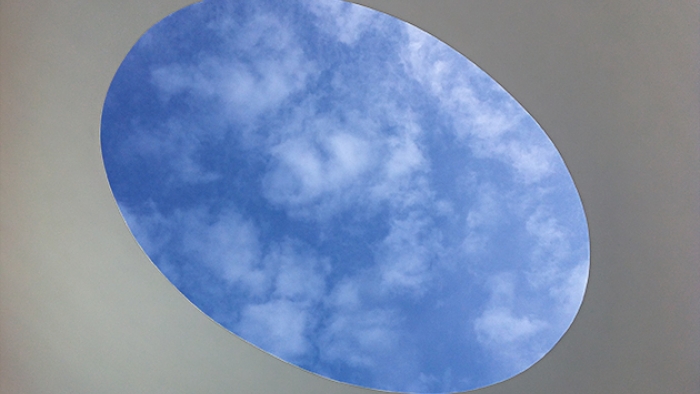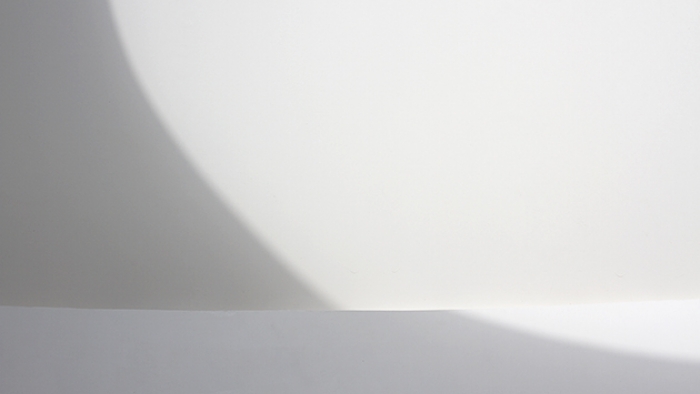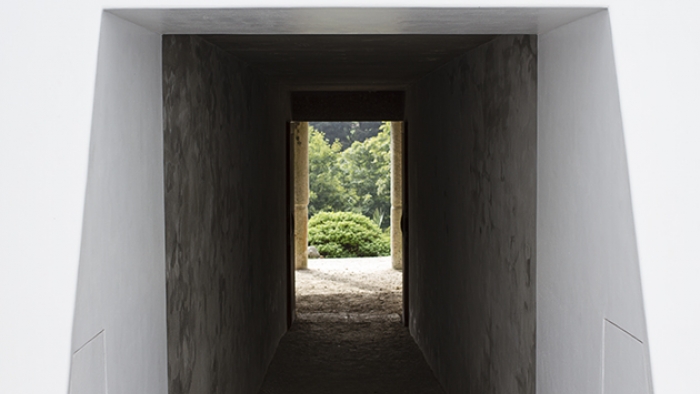Tewlwolow Kernow
Tewlwolow Kernow
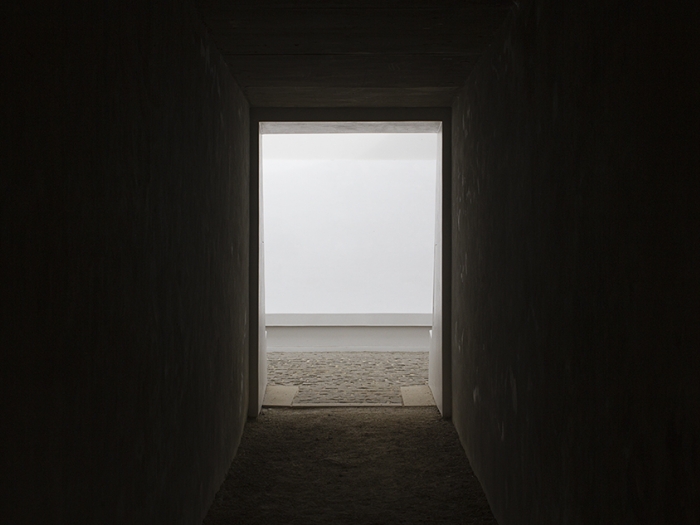
Posted by Nixon
The gardens themselves are nestled slightly inland, set back from the nearby coast, with views of the ocean and St. Michael’s Mount when looking south. Opened in mid September 2012, the gardens are still relatively young, but seem to have reached a stage of adolescence, providing a perfect landscape for the various sculptures to be set within. With a number of different paths to ascend by, and plenty to see along the way, James Turrell’s skyspace sits almost at the summit of the gardens.
James Turrell is an American artist who has worked with light and space for over half a century. His work is influenced by an early childhood fascination with light and his formal training in perceptual psychology, as well as having a keen interest in flying — having flown over twelve thousand hours as a pilot. Turrell’s work predominantly deals with creating spaces that gather and arrest light, personally describing his work as “more about your seeing than it is about my seeing, although it is a product of my seeing”.
As you enter the Tewlwolow space you’re steadily introduced to a new and very different set of surroundings, that will ultimately feel very visually distant from the gardens previously experienced. Turrell’s piece was completed in 2013 and includes a sheltered entrance space with a relatively narrow set of doors and intimate tunnel, through which you must first travel before entering the skyspace itself.
Currently just concreted walls with a gravel path, the tunnel is narrow, dark and provides a starkly different transitional experience to the main feature. Entering the main space on a bright, late summer’s afternoon you’re immediately struck by a sense of release created by Turrell’s arrested light and organic circular space.
The space feels quite separate from outside and seems to have its own micro-climate. With hardly any wind and the September sun still going strong outside, inside the space it’s distinctly cooler in temperature. Neither too cold or particularly warm, but somewhere in between — just the start of feeling somewhere separate from the outside world.
Beyond the natural feelings of tranquility and serenity there’s also a slight curiosity and even sense of foreboding to the space. Gazing skyward through the oval viewport you can hear the outside world and even faintly smell the gardens outside and the sea beyond. But you’re starkly aware that you’re somewhere physically separate. Connected, but not by sight. With the sun still shining, a bright oval is cast on the smooth walled space, interrupted only by a shelved area that’s just a few feet out of reach.
Ideally viewed at either dawn or dusk the view is still just as seductive on an early afternoon, the sky shifting with mixed cloud cover that’s pushed around by the coastal breeze above. The view is only occasionally broken by a gliding bird or inquisitive insect coming into view. You can see the outside but only through a distinctly vignetted view high overhead, creating a feeling that you could be anywhere.
With the sun obscured by cloud the space starts to cool. There’s a slight chill and it’s time to leave. Although you could easily stay in this state of transcendence, you exit back through the dark tunnel, which feels oppressive by comparison, before re-emerging in the gardens, back where you started.
Since the early 1970’s Turrell has been working on his largest project, Roden Crater. The crater is an extinct volcano that Turrell has been sculpting within to create a series of chambers, tunnels and apertures that “heighten our sense of the heavens and earth”. More information about the artist and his monumental project can been seen on his website.
